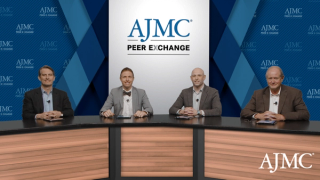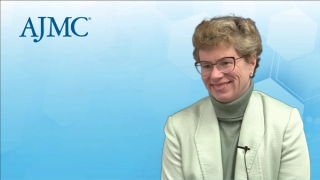
Chronic Lymphocytic Leukemia/Small Lymphocytic Lymphoma
Latest News
Latest Videos

CME Content
More News

Treatment with liso-cel induced long-term complete remission rates and high undetectable minimal residual disease rates in patients with chronic lymphocytic leukemia (CLL)/small lymphocytic lymphoma following progression on Bruton tyrosine kinase inhibition and venetoclax.
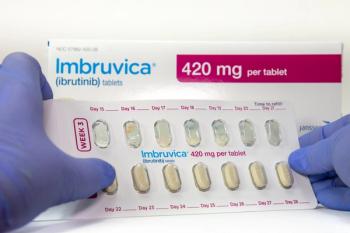
Ibrutinib remains a key treatment for relapsed chronic lymphocytic leukemia (CLL), but findings suggest that combining it with other therapies can improve response rates and may allow for treatment discontinuation in some patients.

Patients treated in community settings were more likely to be older, less likely to be White, and had worse survival rates, highlighting disparities in specialized cancer care.
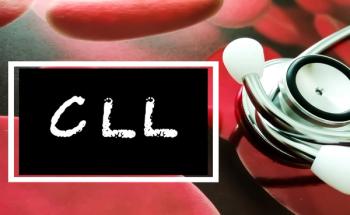
A study showed that using measurable residual disease (MRD) to guide ibrutinib-venetoclax therapy significantly improved progression-free survival in chronic lymphocytic leukemia (CLL) compared with standard chemoimmunotherapy.
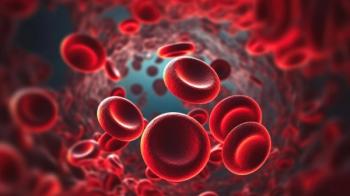
Research found that ibrutinib reduces red blood cell aggregation in patients with chronic lymphocytic leukemia (CLL), while obinutuzumab/venetoclax does not significantly alter blood viscosity.
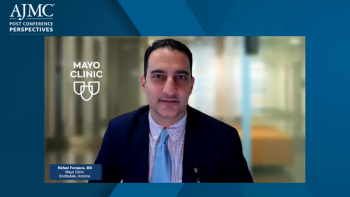
Sikander Ailawadhi, MD, discusses how the studies presented at ASH 2024 highlight significant unmet needs in hematologic cancer management, emphasizing the potential for these findings to influence future clinical practices and shared decision-making models, while identifying key areas for further research and collaboration to improve patient outcomes.


New data suggest venetoclax may offset the negative prognostic impact of short telomeres in patients with chronic lymphocytic leukemia (CLL).

Sikander Ailawadhi, MD, discusses how the 2024 ASH Annual Meeting’'s study on “"Hematologists’' Approach to Discussing Older Patients’ Values in the Context of Allogeneic Hematopoietic Cell Transplantation”" explored the methodologies hematologists use to engage older patients in treatment decisions, highlighting key findings related to patient values and the importance of incorporating these factors into transplant decision-making for improved patient-centered care.
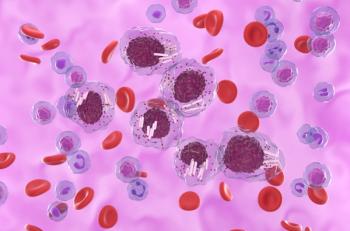
One study found most—but not all—patients with chronic lymphocytic leukemia disease progression while taking a Bruton tyrosine kinase inhibitor (BTKi) had a key mutation linked to resistance.

Sikander Ailawadhi, MD, discusses how the 2024 ASH Annual Meeting’s “Survivorship Burden and Patient Preferences Affecting Treatment Choices Among Multiple Myeloma Patients” study examined real-world factors influencing treatment decisions, highlighting the significant role of survivorship burden and patient preferences, and emphasizing how these findings should shape the management strategies for patients with multiple myeloma.

The long-term safety of ibrutinib was proven in patients with newly diagnosed or relapsed or refractory (R/R) chronic lymphocytic leukemia (CLL) and small lymphocytic lymphoma (SLL).

Quality-of-life (QOL) outcomes vary widely for patients receiving first-line treatment for chronic lymphocytic leukemia (CLL), according to research presented at the 2024 American Society of Hematology (ASH) meeting.

A third-generation chimeric antigen receptor (CAR) T-cell therapy yielded encouraging response rates and safety findings among patients with relapsed or refractory chronic lymphocytic leukemia (CLL).

Sikander Ailawadhi, MD, discusses how the 2024 ASH Annual Meeting’s “Prospective Patient Preference Study for BTKi Treatment Attributes in CLL and SLL” explored the factors influencing patient decision-making, revealing key treatment preferences and highlighting the importance of incorporating these insights into clinical practice when selecting BTK inhibitors for patients with CLL or SLL.

This interview will appear in the January 2025 issue of Evidence-Based Oncology, our annual recap of the American Society of Hematology Meeting and Exposition. After this article went to press, the company announced its ticker symbol on the Nasdaq will change January 2, 2025.
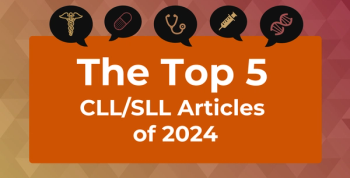
This year’s most-read articles on chronic lymphocytic leukemia (CLL) and small lymphocytic lymphoma (SLL) explored treatment adherence patterns, patient symptom assessment, research on treatment efficacy, and more.

Sikander Ailawadhi, MD, discusses how emerging trends in targeted therapies, immunotherapies, and precision medicine presented at ASH 2024 are addressing unmet needs in the management of hematologic cancers and shaping future treatment strategies.

Secondary immunodeficiency disease (SID) status was associated with significantly higher risk for severe bacterial infections in adult patients with chronic lymphocytic leukemia (CLL)/small lymphocytic lymphoma (SLL).
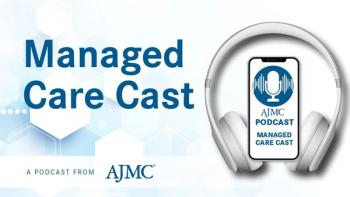
Three abstracts presented at the 2024 American Society of Hematology annual meeting focused on patient preferences and treatment choices in blood cancers.

The study offers insights on how to counteract resistance to Bruton tyrosine kinase (BTK) inhibitors.
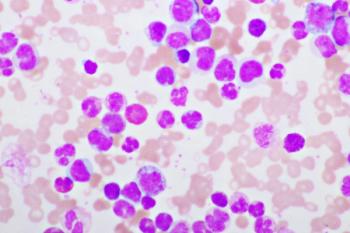
Long-term data support the safety and efficacy of venetoclax (Venclexta) and obinutuzumab (Gazyva) in chronic lymphocytic leukemia (CLL), though questions remain about which patients would benefit most from the regimen.

Meaningful change thresholds for the EORTC Quality of Life Questionnaire in chronic lymphocytic leukemia (CLL) or small lymphocytic lymphoma (SLL) are: −11/+11 for symptom burden, −16/+16 for physical condition/fatigue, and −16/+13 for worries/fears.

Despite found associations, due to small sample sizes the researchers suggest readers interpret their findings with caution.

This multiyear follow-up of more than 3300 patients with relapsed/refractory chronic lymphocytic leukemia (R/R CLL) who received ibrutinib—the longest study of its kind—confirms the agent’s efficacy as a salvage treatment but reveals new information about its impact in different subpopulations with varying clinical characteristics.







